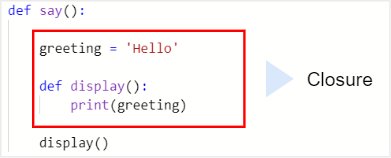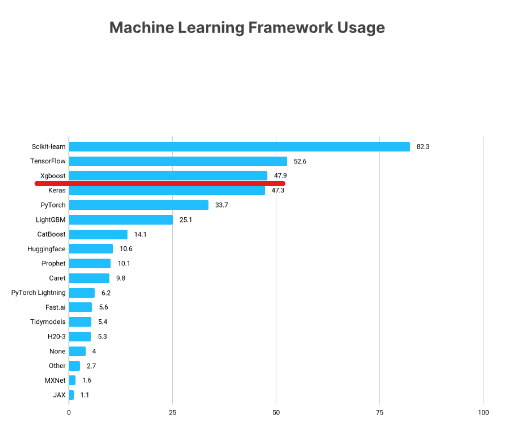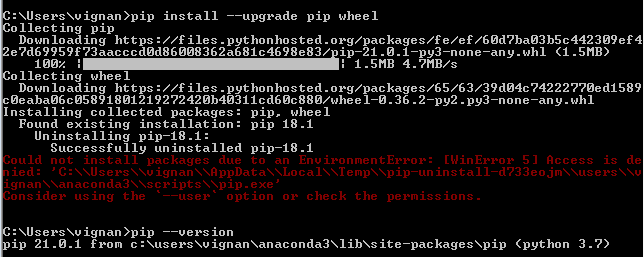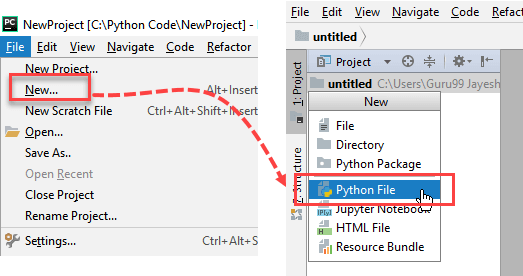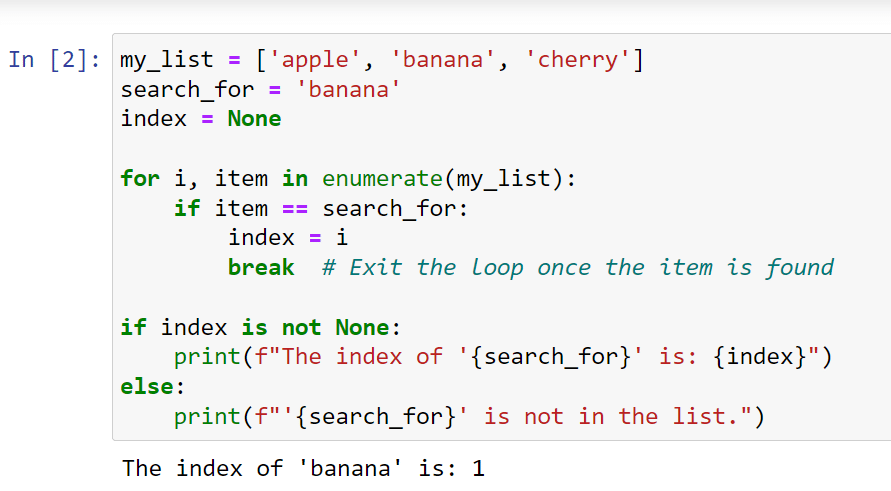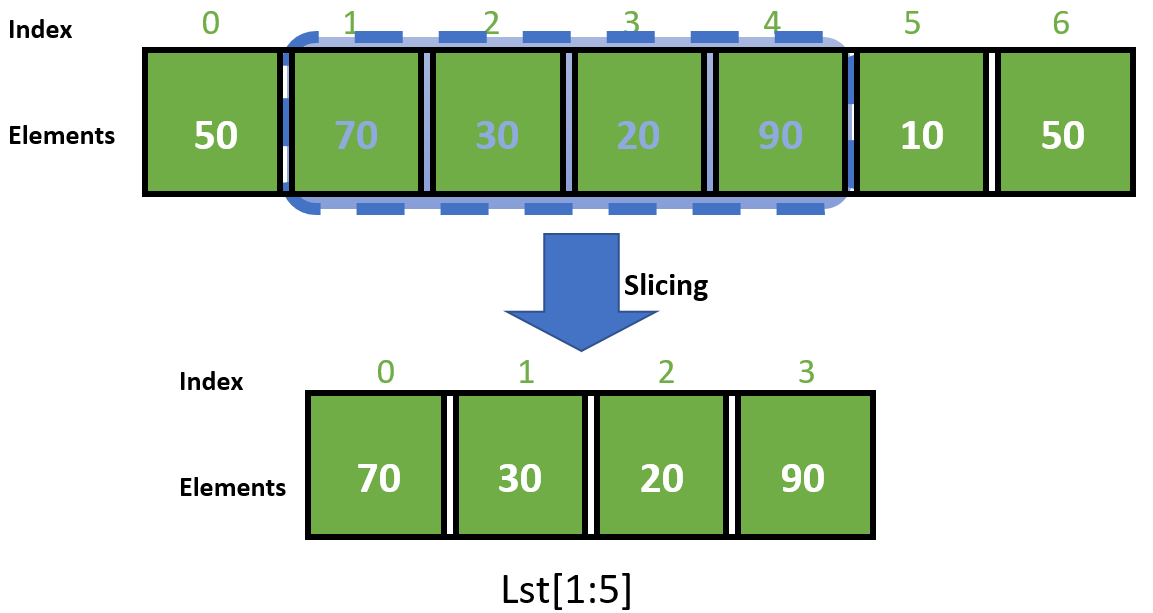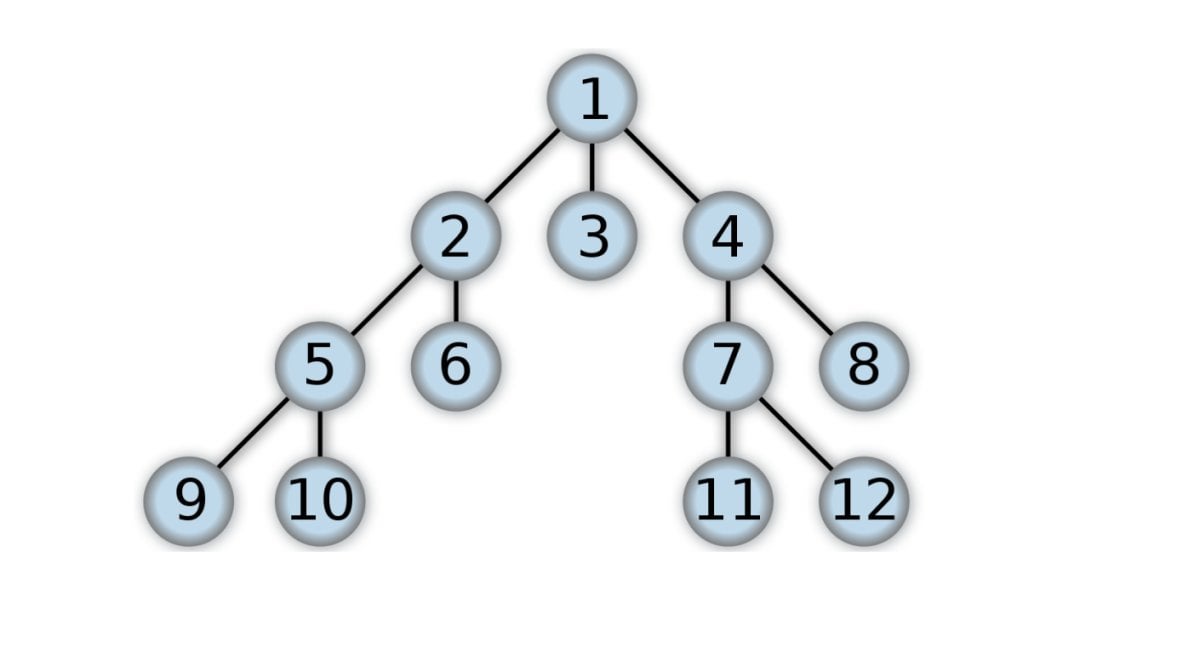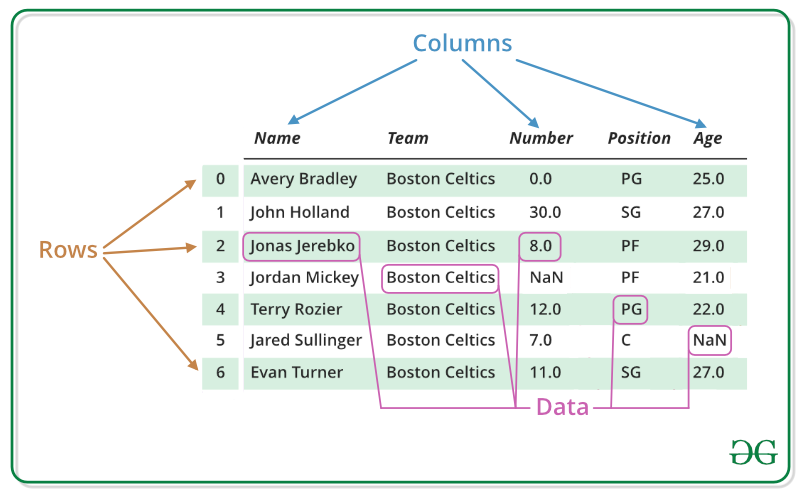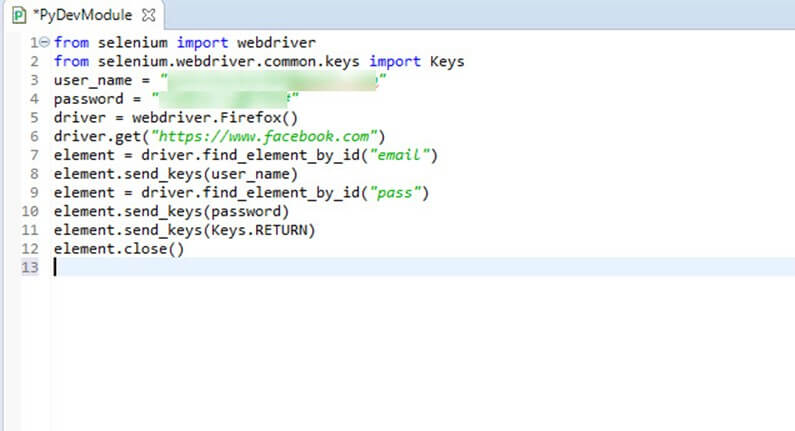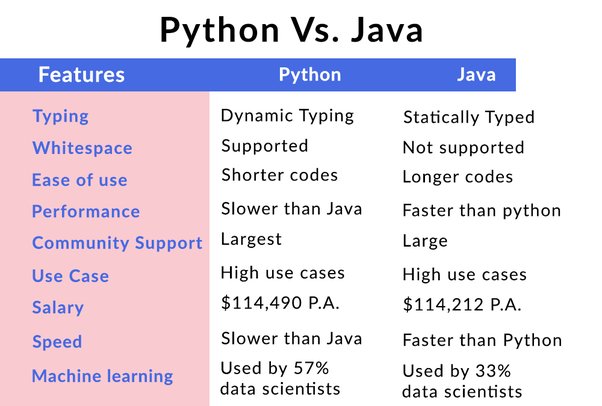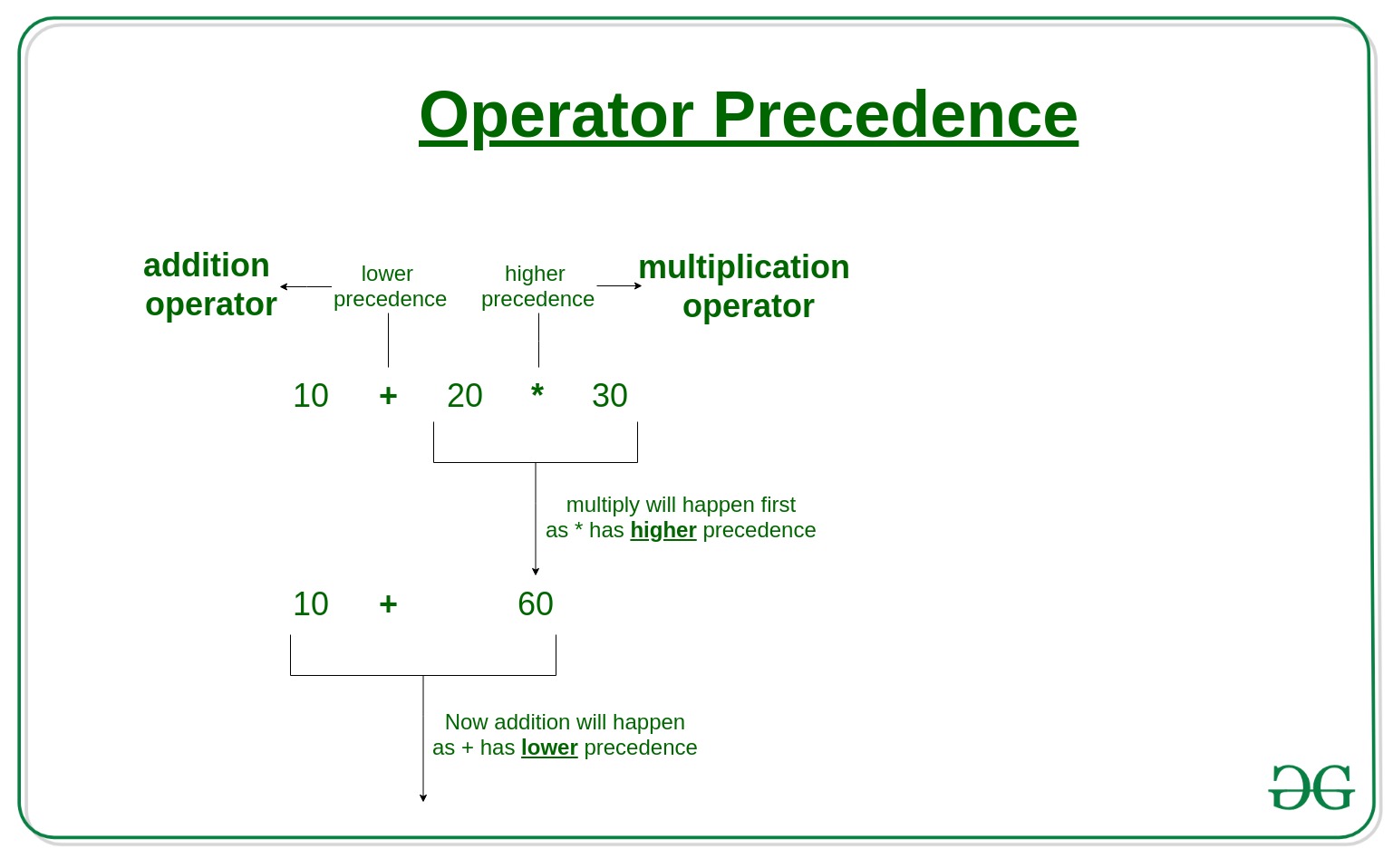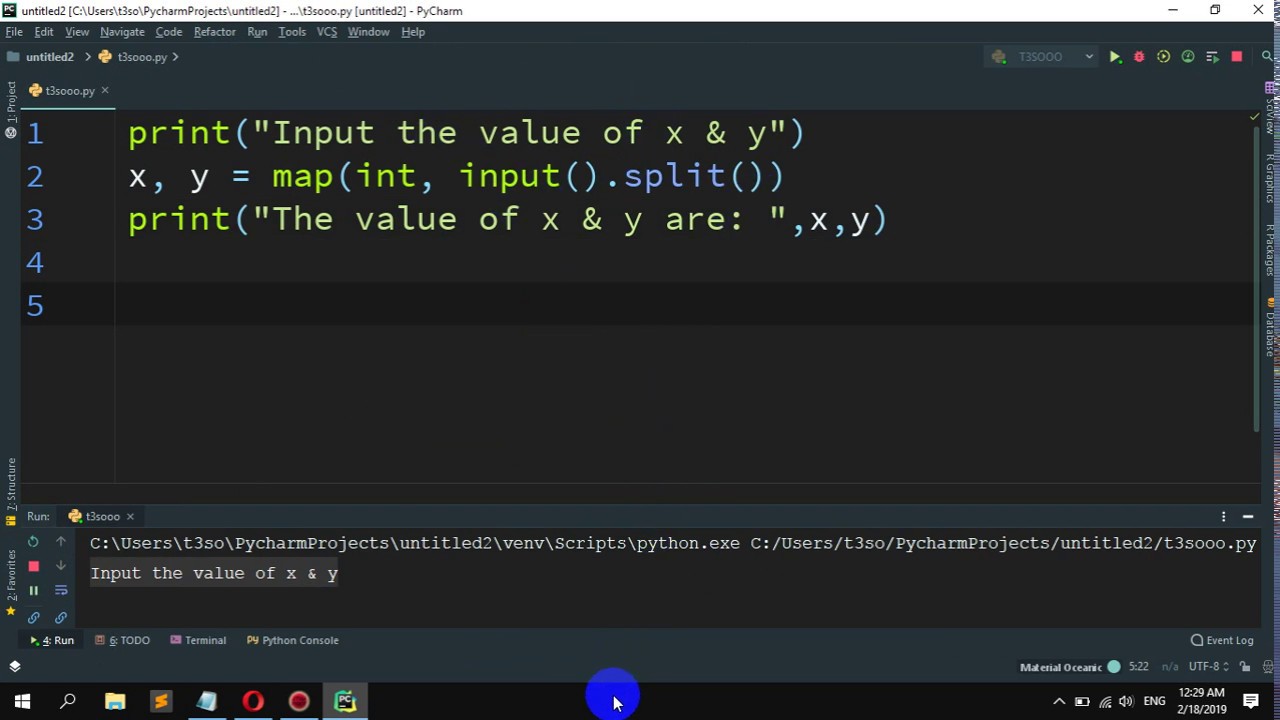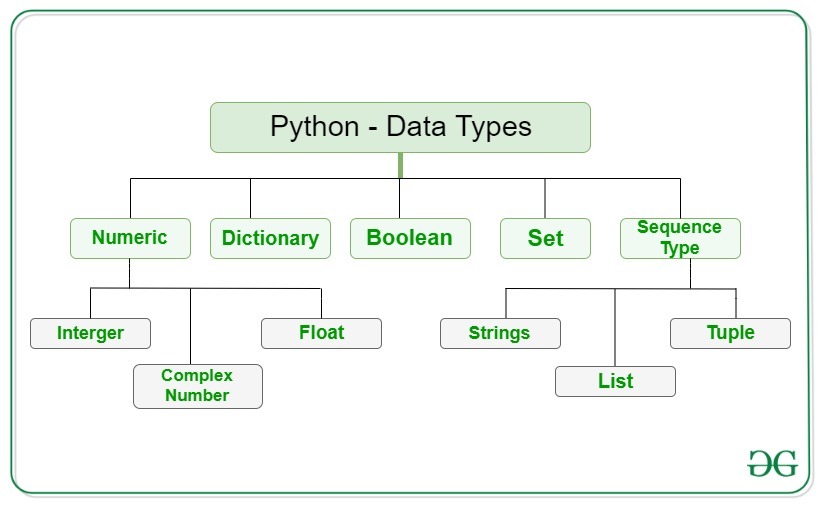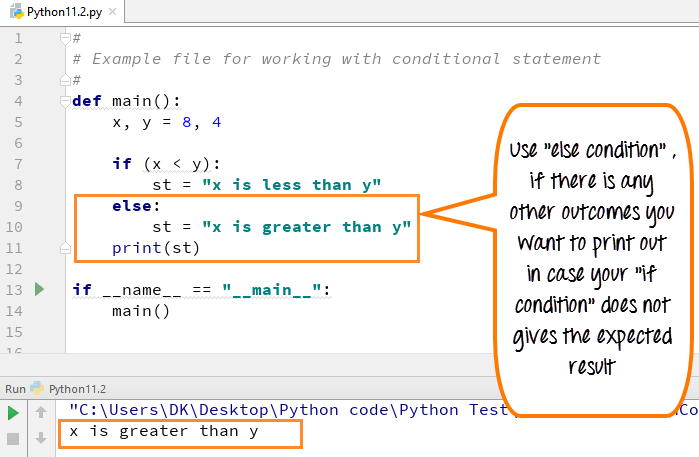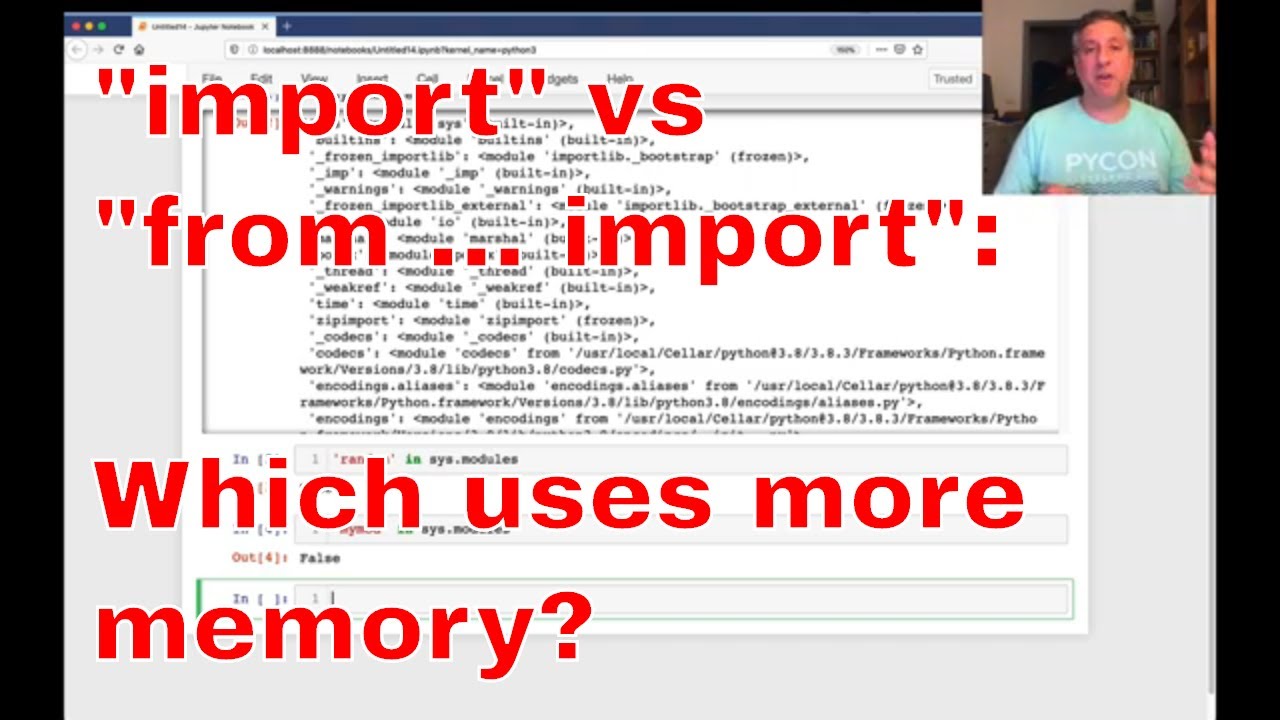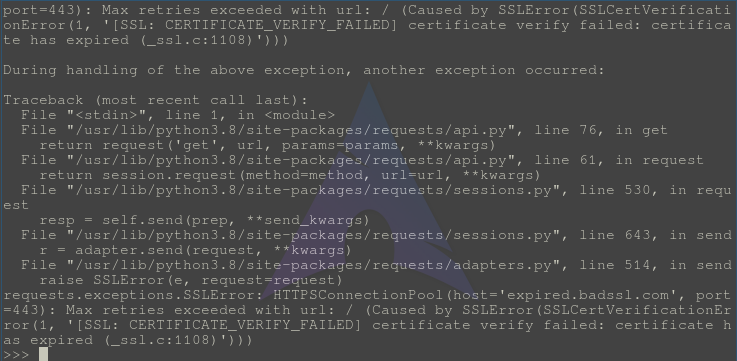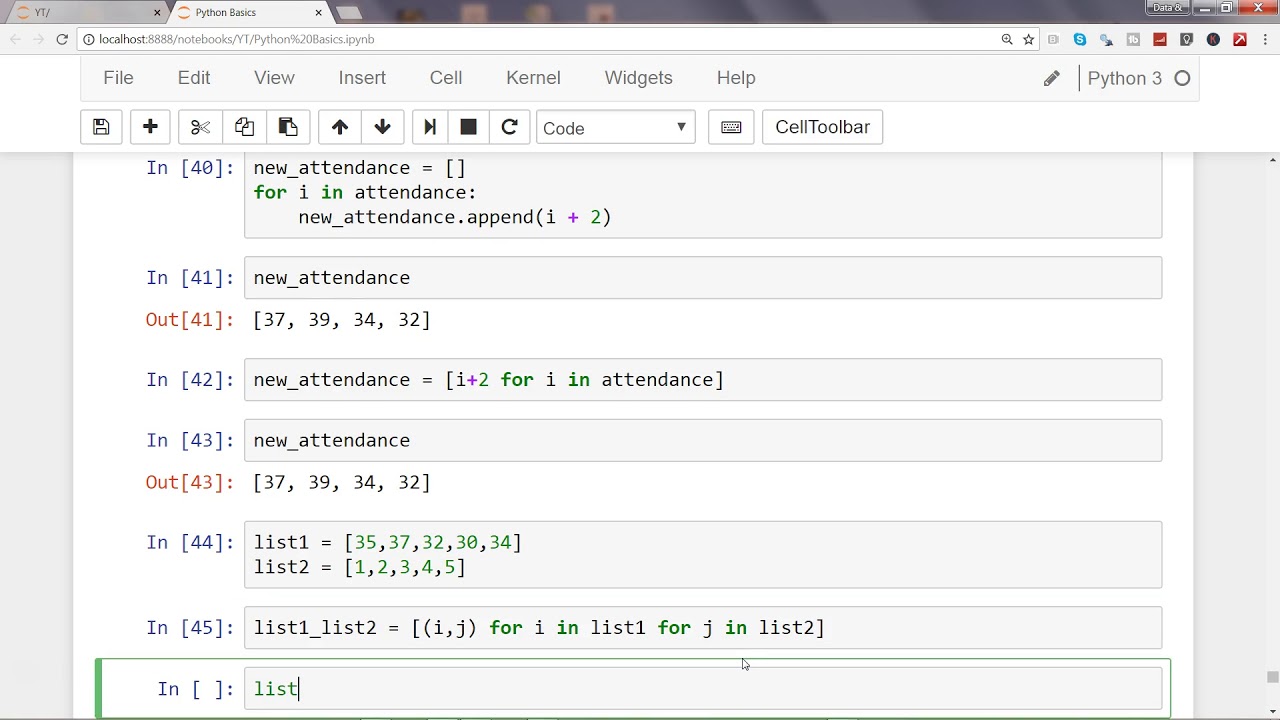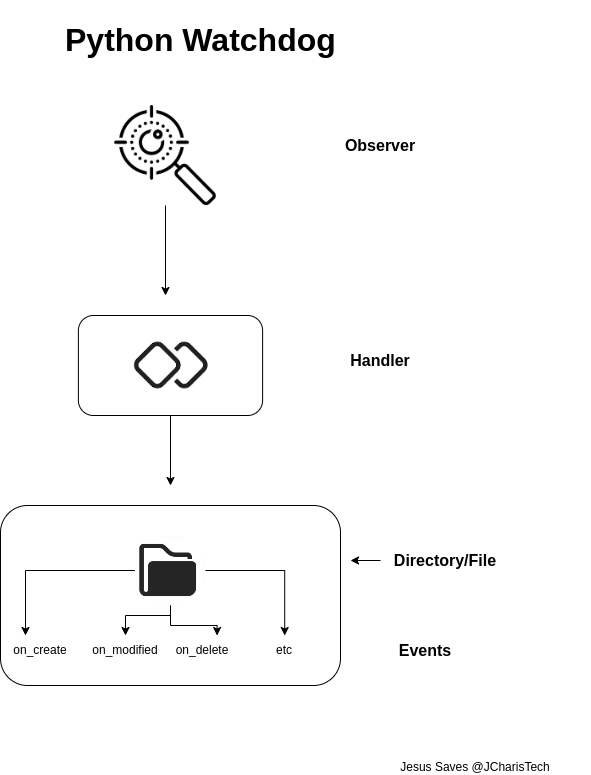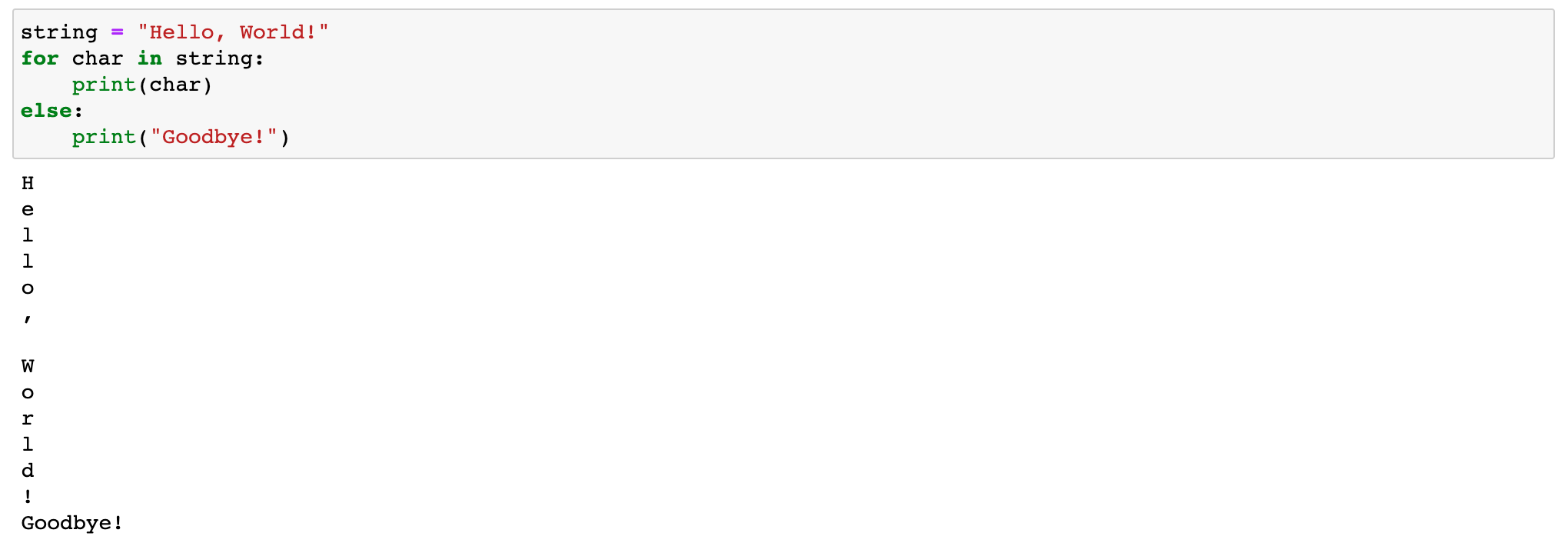python dictionary comprehension if-else
python dictionary comprehension if-else
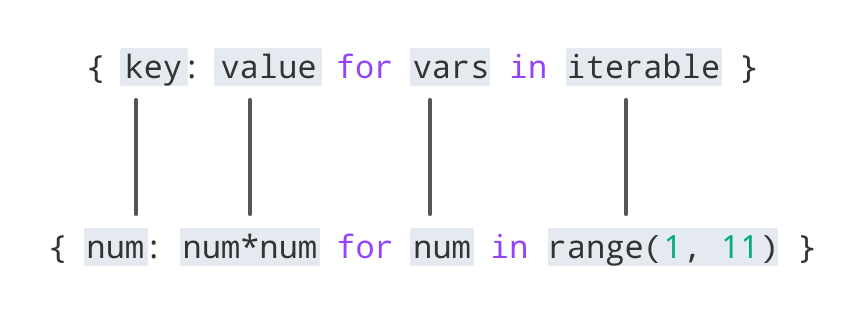
I'd be happy to help with that!
Python dictionary comprehensions are a powerful feature that allows you to create dictionaries using concise syntax. They're useful when working with data structures, and can simplify your code significantly.
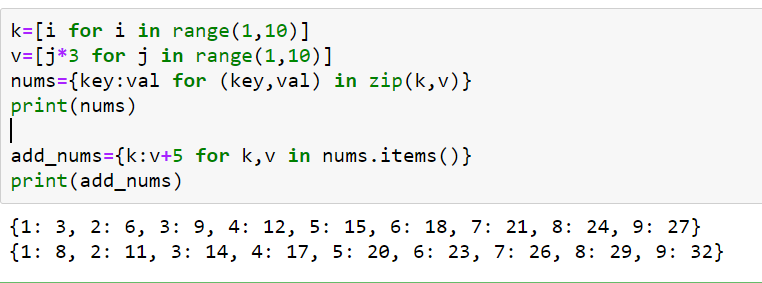
Here's an example of how you might use dictionary comprehension in combination with if-else statements:

Let's say we have a list of student grades, where each grade is represented as a tuple containing the student's name and their grade score:
grades = [
("John", 85),
("Jane", 90),
("Bob", 78),
("Alice", 92)
]
We can use dictionary comprehension to create a new dictionary that maps each student's name to their corresponding grade, with the twist being that we want to assign a default grade of "F" if the score is below 80:
grade_map = {
student: score if score >= 80 else "F"
for student, score in grades
}
print(grade_map)
When we run this code, we'll get the following output:
{'John': 85, 'Jane': 90, 'Bob': 'F', 'Alice': 92}
As you can see, Python's dictionary comprehension has created a new dictionary where each student's name is mapped to their corresponding grade. If the score was below 80, it defaulted to "F".
This kind of code is super useful when working with data and creating dictionaries on-the-fly. You can use this syntax to create dictionaries from lists, tuples, or even other dictionaries!
Here are some key takeaways:
Conditional expressions: We used a conditional expression (score if score >= 80 else "F") inside the dictionary comprehension to apply a default value based on certain conditions. Dictionary comprehensions: The main event! Python's dictionary comprehension syntax allows you to create dictionaries using this concise syntax: {key: value for item in iterable}.
Now, let me give you some examples of more advanced scenarios where if-else statements come into play:
Example 1: Create a dictionary that maps each student's name to their corresponding grade, but with an extra condition - we only want to include students whose scores are above a certain threshold (let's say 90):
grade_map = {
student: score
for student, score in grades
if score >= 80 and score <= 100
}
print(grade_map)
Example 2: Create a dictionary that maps each student's name to their corresponding grade, but with an extra condition - we want to apply a bonus (+5) to any scores above 95:
grade_map = {
student: score + 5 if score > 95 else score
for student, score in grades
}
print(grade_map)
These are just a few examples of how you might use dictionary comprehensions with if-else statements. Remember, Python's flexibility is key - the more creative you are, the more powerful your code will be!
dictionary comprehension, python w3schools
Dictionary Comprehension in Python
In Python, a dictionary is an unordered collection of key-value pairs. Dictionary comprehension is a powerful feature that allows you to create dictionaries from other iterables like lists or tuples. This feature was introduced in Python 2.7 and is available in Python 3.x as well.
The basic syntax for creating a dictionary using dictionary comprehension is as follows:
{key_expression: value_expression for item in iterable}
Here, key_expression is an expression that will be evaluated to create the key of each entry in the dictionary. Similarly, value_expression is an expression that will be evaluated to create the value of each entry.
Let's consider a simple example where we have a list of tuples and we want to create a dictionary with the first element of each tuple as the key and the second element as the value:
# Create a list of tuples
people = [('John', 25), ('Alice', 30), ('Bob', 35)]
Use dictionary comprehension to create a dictionary
person_dict = {name: age for name, age in people}
print(person_dict) # Output: {'John': 25, 'Alice': 30, 'Bob': 35}
In this example, the name and age variables are created from each tuple in the people list. The resulting dictionary is a mapping of names to ages.
Here's another example where we want to create a dictionary with the keys as uppercase versions of words and values as lowercase versions:
# Create a list of strings
words = ['Hello', 'Python', 'World']
Use dictionary comprehension to create a dictionary
word_dict = {word.upper(): word.lower() for word in words}
print(word_dict) # Output: {'HELLO': 'hello', 'PYTHON': 'python', 'WORLD': 'world'}
In this example, the word variable is created from each string in the words list. The resulting dictionary is a mapping of uppercase words to lowercase versions.
Dictionary Comprehension vs Loop
One of the advantages of using dictionary comprehension is that it can be more concise and efficient than using loops to create dictionaries. Here's an example where we use both dictionary comprehension and loop to create the same dictionary:
# Create a list of tuples
people = [('John', 25), ('Alice', 30), ('Bob', 35)]
Use dictionary comprehension
person_dict_comp = {name: age for name, age in people}
Use loop to create a dictionary
person_dict_loop = {}
for person in people:
name, age = person
person_dict_loop[name] = age
print(person_dict_comp) # Output: {'John': 25, 'Alice': 30, 'Bob': 35}
print(person_dict_loop) # Output: {'John': 25, 'Alice': 30, 'Bob': 35}
In this example, we can see that the dictionary comprehension is more concise and efficient than using a loop to create the same dictionary.
Conclusion
Dictionary comprehension is a powerful feature in Python that allows you to create dictionaries from other iterables. It can be more concise and efficient than using loops to create dictionaries. With dictionary comprehension, you can easily map keys to values and create dictionaries with complex logic.
